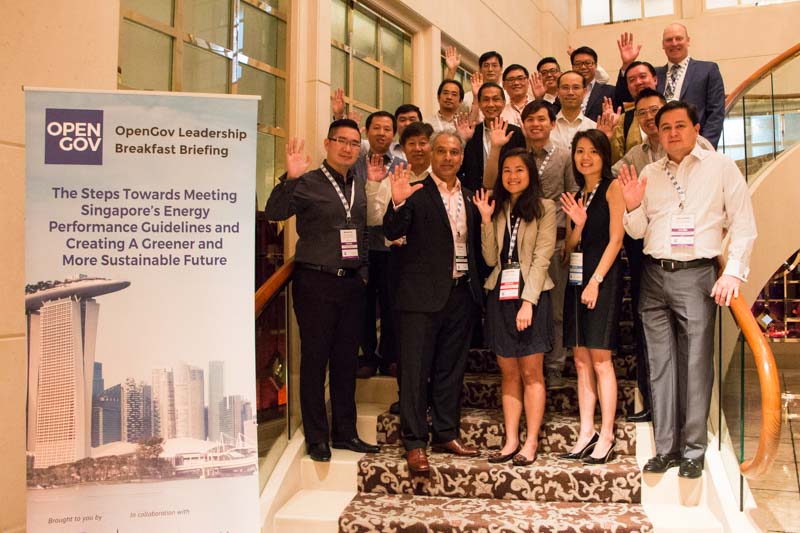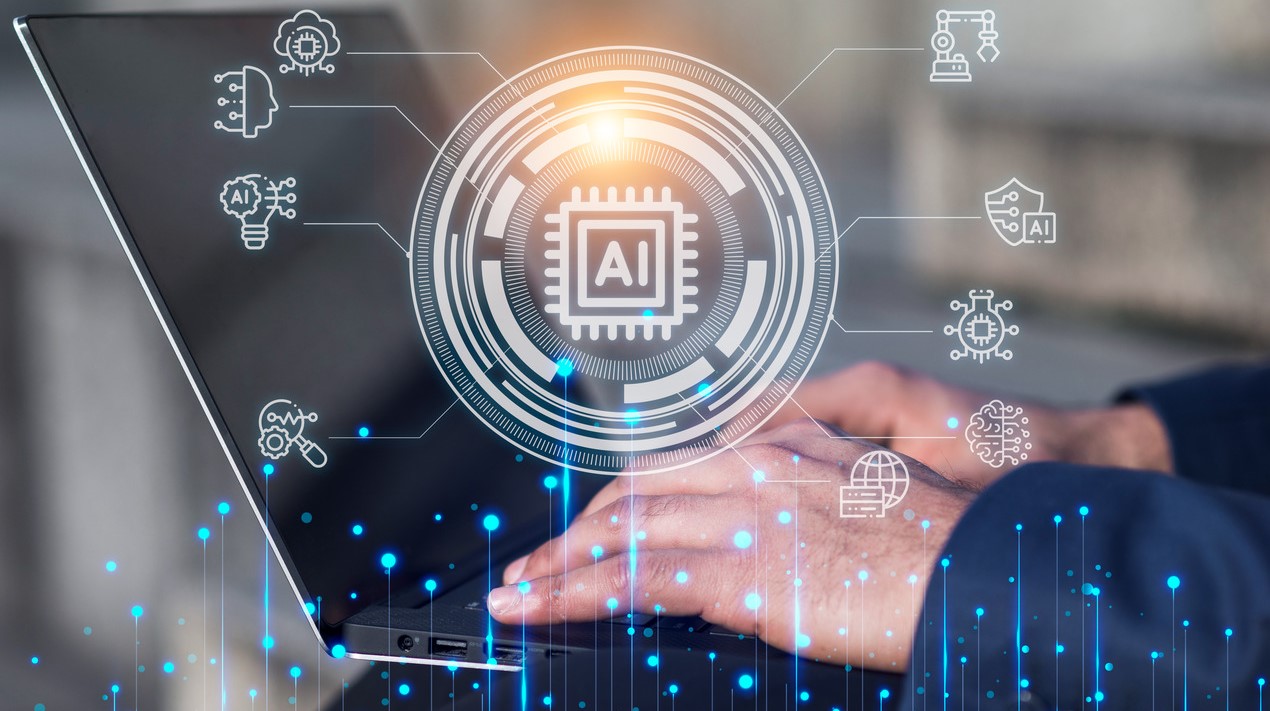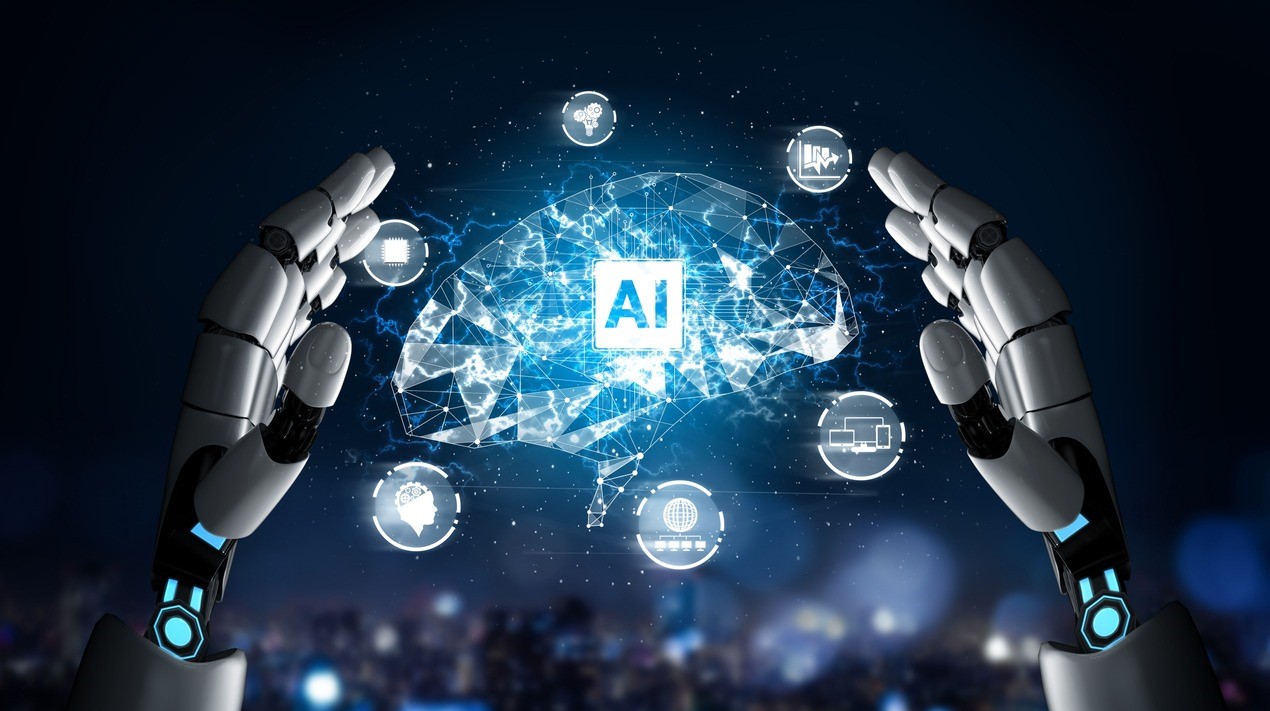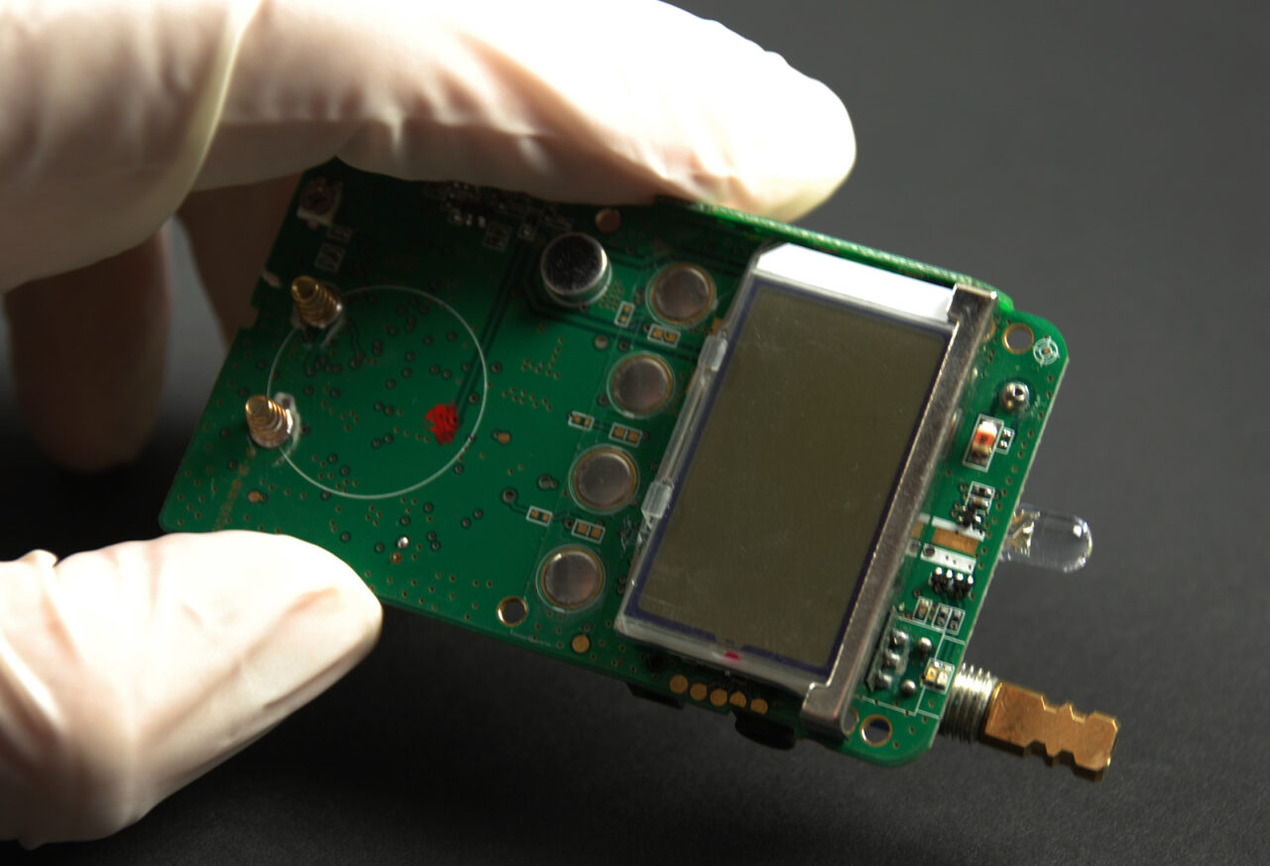
OpenGov Asia and its partner Schneider Electric held an insightful breakfast dialogue at St Regis, with focus on the topic of working towards greener data centres.
Mr. Mohit Sagar, Managing Director and Editor In Chief of OpenGov Asia, kicked off the dialogue and Mr. Robert M Pe, Head of Data Centre and Critical Environment Services, Schneider Electric, spoke about the main challenge of governments trying to make the most efficient use of energy in data centres as well as Singapore’s context of green data centre initiatives set by the IDA.

Mr. Greg Boorer (above), CEO, Canberra Data Centres (CDCs), Australia, who was also the invited speaker for the breakfast dialogue gave a background about his work in Australia, owning and operating the largest data centre in the country, which is focused 100% on the Federal Government. He summarised the main challenge of his work: it boils down to data centres, demands on the data centres with the demand to be efficient yet still be agile within constraints. Another big topic which Mr. Boorer mentioned was: how do data centres owned by governments fit into the hybrid world with the increasing pressure to use cloud-based systems?
With that in mind, the dialogue participants engaged in a series of questions regarding the topic on greener data centres.
Dialogue questions and discussion
The first question for the delegates was on whether there was a baseline PUE (Power Usage Effectiveness) at their respective organisations. 47% replied “yes”, 13% replied “no”, 27% replied “I don’t know” and 13% replied “working on it”. Compared to the 2015 polling results for the same question, there was a 37% increase in “yes”, which Mr. Robert M Pe indicated as a really big improvement and it reflected a leap of awareness across government agencies, which was a good sign.
Mr. Joshua Au, Head of Data Centre, Agency for Science, Technology and Research (A*STAR) who answered “working on it”, explained:“In order to for us to have a baseline, we need to have the sensors and instrumentation, so that’s what we are working on now. However, the process is not that straightforward”.
Mr. Zeck Lim, Director, Technology Solutions Division/Green Data Centres, IDA, spoke about companies having greater awareness of social responsibility to the environment but also wanting to reduce costs from an economic standpoint.
Wrapping up the responses on the first question, Mr. Boorer said it makes great operational sense and good business practice to know more about the data centre and environment: “If you can’t measure it, you can’t manage it”.
The subsequent questions on the challenges faced with data centres brought out several key areas of concern for the delegates:
Aging infrastructure

53% of the delegates indicated that this was an area of concern. Dr John Kan, CIO, A*STAR, responded that one solution is to upgrade infrastructure with limited funds and posed a pertinent issue: how to share (information) across data centres across a limited bandwidth? When it comes to data centres here (Singapore), the network sharing and connectivity is important as well. It is possible to outsource data centres to places or countries with cooler climates but one has to think about connectivity and collaboration.
Lack of visibility of critical facility operations
40% of the delegates indicated this as something they experienced. Mr. Rodney Tan, Senior Assistant Director, Cyber Security Agency of Singapore, mentioned from his previous job experience that he often senses that the people managing the data centres do not seem to have information on hand and it takes a long time for them to respond, for example, when a new rack has to be added.
Mr. Tan added that there are too many new systems that are brought in with no systematic way of coping, which ends up becoming a challenge.
Planning and executing the upgrade of the data centre facility
47% of the delegates saw this as a challenge, especially when it comes to day-to-day operations. Mr. Ng Beng Huan, Assistant Director (Research Systems), Integrated IT Services, Singapore Management University (SMU), shared:
“There is limited manpower at the IT department and while the data centre is important, the IT department staff has to also juggle different ongoing projects, such as building a new server room. So in the case where we want to upgrade our data centre, it will be the same group of people from the department handling it so the manpower deployment is spread out very thin. In terms of execution, we want to do it well but we simply don’t have the manpower.”
On the question, “Is your data centre compliant with government regulations?”, 28.6% responded “yes”, 0% responded “no”, 42.9% responded “I don’t know” and 28.6% responded “working on it”. Compared to the previous year’s poll results in which 16.7% responded “yes”, there is a clear improvement. For instance, Mr. Rodney Tan and Mr. Joshua Au are of the same sentiment that it is imperative to comply with government guidelines and in the words of Mr. Au, “always strive to do the right thing to ensure safety, security and reliability so that the organisation can account to the stakeholders”.
PUE and its implications
There was also considerable discussion on what PUE should be and Mr. Robert M Pe emphasised that PUE should not be used for comparisons across different government agencies but rather as something for government agencies to set their own targets and objectives. A common misnomer is that a good PUE level equals good power consumption. Mr. Boorer also suggested an alternative benchmark: a combination of PUE and water consumption to measure data centre energy efficiency.
The future of data centres?

Mr. Shi Hai Xiang (above right), Research Scientist, Data Storage Institute, A*STAR, spoke about part of his research in maintaining computation of servers while increasing the temperature, which may lead to component failure. He suggested using the data collected to create a mechanism to predict failures before they happen, take precautions and to sustain the high temperature operations. The example of Google and their machine learning research of data centres was cited: the software can classify the workload during peak/off-peak periods and moderate the power requirements accordingly, which can help achieve low PUEs. This is an indication of how data centres could operate in future.
Mr. Boorer gave the existing example of how the CDCs use a cooling architecture that couples closely with the IT workloads. By distributing thousands of temperature sensors, the cooling can adapt to the precise requirements of the equipment at any given point. This learning is then shared with the clients to make recommendations on the acceptable temperature range based on the agency’s specific operations.
In conclusion, while there is an overall positive movement for government agencies towards greener data centres in Singapore, the challenges still remain the same: agencies need to be pro-active and not reactive but yet within budget and legislative constraints. Data centres would also become ‘smarter’ in the future with machine learning and processes to self manage power and cooling requirements.
















